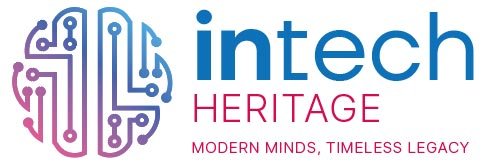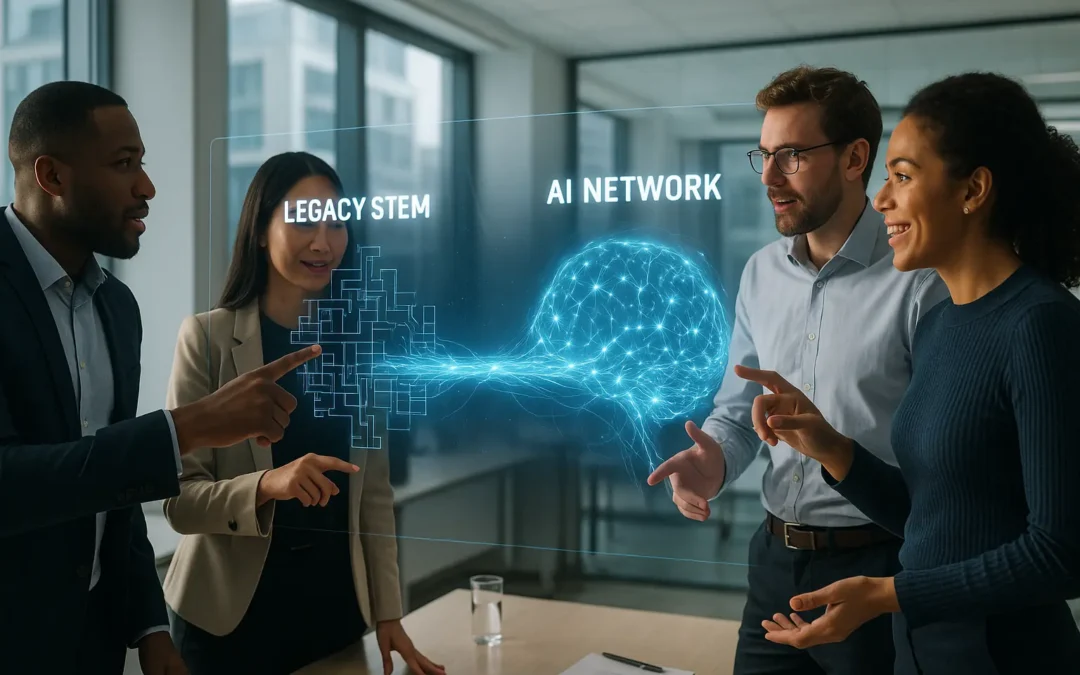The conversation around Artificial Intelligence (AI) has decisively shifted. No longer a far-off concept, AI is a present-day force actively reshaping entire industries. For established companies, the most pressing challenge isn’t merely adopting AI, but skillfully weaving it into the very fabric of their legacy systems—the trusted, decades-old technology that forms the backbone of their core operations. This integration has become a strategic imperative for survival and growth, and the strategies for this fusion are more sophisticated, and its benefits more profound, than ever.
The Enduring Challenge: Why Legacy Systems Can’t Be Ignored
Legacy systems, while sometimes perceived as outdated, are the bedrock of countless organizations. They hold decades of critical data and business logic. A “rip and replace” approach is not only risky and expensive but often impractical. It threatens catastrophic data migration failures, severe business disruption, and the loss of invaluable institutional knowledge embedded within the old code. The real art, therefore, lies in strategic modernization from within—enhancing these robust systems with the intelligence and agility of modern AI.
A Blueprint for Success: Strategic AI Integration
Integrating AI is far more than a technical upgrade; it’s a fundamental business transformation that demands a clear, disciplined, and phased strategy.
- Deep-Dive Assessment and Strategic Roadmap: Before a single algorithm is deployed, a forensic-level analysis of the existing architecture is essential. This involves techniques like process mining to map out current workflows, architectural reviews to identify bottlenecks, and extensive stakeholder interviews to understand pain points and opportunities. The goal is to pinpoint with precision where AI can deliver the highest ROI—be it automating tedious back-office tasks, uncovering deep insights from dormant data, or personalizing the customer experience at scale.
- Building Digital Bridges: Compatibility and Adaptation: The primary technical hurdle is enabling a seamless dialogue between new AI tools and older systems. This often involves developing custom APIs (Application Programming Interfaces) that act as secure gateways for data. In other cases, middleware platforms serve as universal translators, allowing different generations of technology to communicate fluently.
- Minimizing Disruption with a Phased, Intelligent Rollout: Business continuity is paramount. A gradual, step-by-step implementation is far safer than a high-risk, “big bang” launch. A typical phased rollout might begin with a low-risk internal project, like using AI to analyze sales data. Once proven, it could be expanded to a customer-facing tool, such as an intelligent chatbot. This iterative approach allows for testing, learning, and refinement at each stage.
The Modern AI Toolkit: Advanced Integration Strategies
The field of AI offers powerful tools that make legacy system integration more effective and accessible than ever before.
- The Democratization of AI with Low-Code/No-Code Platforms: A true game-changer. These platforms empower business users—analysts, marketers, operations managers—to build and deploy sophisticated AI applications with intuitive drag-and-drop interfaces, dramatically accelerating the development of custom solutions.
- Proactive Operations through Predictive Analytics: Modern AI excels at forecasting. By analyzing vast troves of historical data from legacy systems, AI models can now accurately predict future events, from machine failures to shifts in customer demand, moving the business from a reactive to a proactive posture.
- Generative AI as a Business Supercharger: Famous for creating text and images, Generative AI can now automate the drafting of complex reports, generate hyper-personalized marketing campaigns, and even write code, delivering massive productivity gains across the organization.
- Smarter Interactions with Model Context Protocol (MCP): This is a more technical, but crucial, architectural tool. Think of MCP as giving the AI a “short-term memory.” It’s a protocol that allows the AI to understand the full context of a conversation or process by remembering previous interactions. This transforms a generic chatbot into a truly personal and effective assistant that doesn’t ask the same questions repeatedly.
- Building Trust with Enhanced Security and Ethical AI Frameworks: With great power comes great responsibility. The modern landscape is defined by a sharp focus on AI security and “Explainable AI” (XAI), which ensures that AI-driven decisions are transparent. This is complemented by robust ethical frameworks and a “human-in-the-loop” design philosophy, guaranteeing that critical decisions remain under human oversight.
The Human Element: The True Catalyst for Transformation
Technology, no matter how advanced, is only half the equation. The success of any AI initiative hinges on the people who will use it every day.
- Empowering People Through Upskilling and Reskilling: This goes beyond simple training. It’s about fundamentally rethinking roles and fostering a culture of continuous learning. The objective is not to replace employees, but to augment their abilities, allowing them to collaborate with AI to achieve more.
- Beyond Implementation: Continuous Monitoring and Evolution: The project launch is the starting line, not the finish. A culture of continuous improvement is vital. This means constantly monitoring not just system performance, but key business metrics. Gathering this data, along with direct user feedback, creates a virtuous cycle of refinement that ensures the AI investment delivers compounding value over the long term.
Conclusion: A Strategic Evolution, Not a Technical Revolution
Integrating AI into legacy systems is a journey of strategic evolution. It’s about honoring the immense value of your existing infrastructure while boldly embracing the transformative potential of the future. By planning meticulously, leveraging the modern AI toolkit, and placing people at the very heart of the transformation, organizations can unlock unprecedented levels of efficiency, innovation, and resilience. The future doesn’t require erasing the past—it demands that we build upon it, intelligently.

